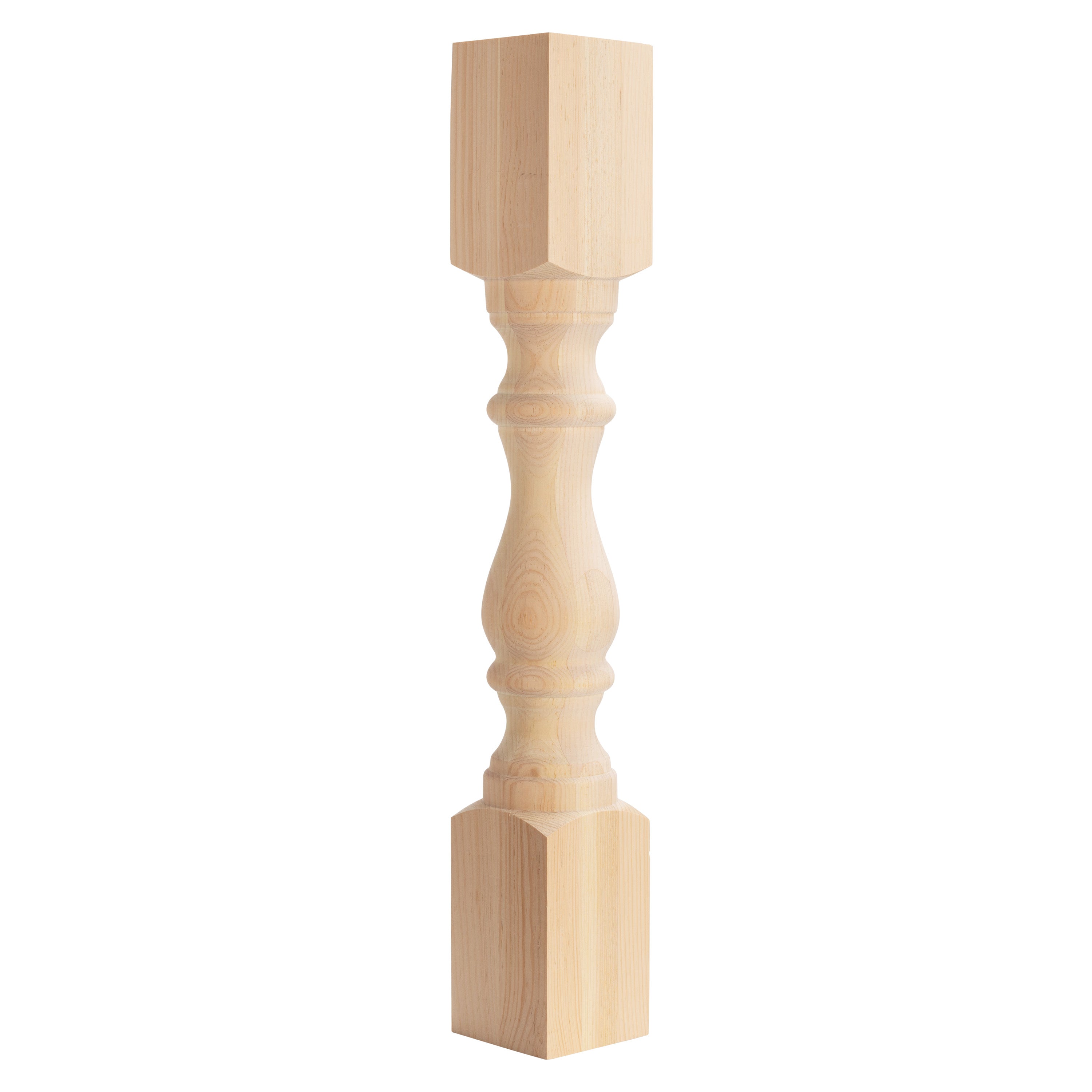The Value of a Sturdy Cooking Area Island Leg in Creating a Practical Food Preparation Area
A tough kitchen island leg serves as a basic part in establishing a useful food preparation environment, offering needed assistance for both the countertop and various kitchen area activities. The stability it uses can considerably minimize the risk of mishaps in high-traffic locations, while additionally adding to the total aesthetic coherence of the room. As kitchens develop into multifunctional areas for cooking, dining, and socializing, the option of materials and style considerations for island legs ends up being progressively essential. Understanding these elements can transform your cooking area right into a more secure and extra effective area, triggering further exploration right into the very best options available.
Advantages of Sturdy Island Legs
Supplying vital support, durable kitchen island legs play a crucial duty in improving the functionality and toughness of kitchen area islands - kitchen island leg. These legs not only birth the weight of the countertop and any kind of extra products put on the island, yet likewise add to the total stability of the structure. A well-supported kitchen area island guarantees that it remains practical and upright, even under hefty use, which is particularly vital in hectic cooking area environments
Additionally, durable island legs can boost the visual appeal of the kitchen area. They provide a strong structure that can complement numerous design styles, from contemporary to traditional. This flexibility permits house owners to customize their kitchen area islands according to personal preference while ensuring that the architectural honesty remains uncompromised.
In enhancement to their encouraging function, robust kitchen area island legs can likewise improve safety and security. Ultimately, spending in tough cooking area island legs is vital for a practical and aesthetically pleasing cooking area.
Products for Cooking Area Island Legs
When selecting products for cooking area island legs, longevity and aesthetic appeal are crucial factors to take into consideration,. One of the most usual products include wood, steel, and crafted wood, each offering one-of-a-kind advantages.
Hardwood, such as maple, cherry, or oak, is a traditional option because of its stamina and timeless charm (kitchen island leg). It can endure significant weight and is immune to wear, making it optimal for high-use kitchen area environments. Furthermore, hardwood can be discolored or painted to enhance numerous kitchen area styles
Steel legs, commonly crafted from stainless-steel or functioned iron, provide a industrial and modern-day look. They are extremely solid and can sustain considerable loads while being resistant to dampness and warmth, which is beneficial in a cooking area. Metal legs can additionally be quickly cleansed, enhancing their functionality.

Layout Factors To Consider for Security
The selection of products for kitchen area island legs directly affects the layout considerations for security. When developing a kitchen island, it is extremely important to review the weight-bearing capacity of the picked materials. Much heavier materials, such as solid timber or metal, generally give better stability, especially under the stress and anxiety of everyday usage.
In addition, the leg design need to incorporate appropriate geometry to enhance security. A larger base raises the support location, reducing the threat of tipping or tottering. Consideration needs to also be provided to the elevation of the legs; disproportionate leg sizes can bring about discrepancy, endangering the overall stability of the island.
In addition, the distribution of weight across the island is essential. Making certain that the leg placement lines up with the heaviest elements, such as home appliances and kitchen counters, will better enhance security.
Upkeep Tips for Longevity

Cleaning up is an additional important facet of maintenance. Depending upon the product of the legs-- whether timber, metal, or composite-- suitable cleansing techniques need to be utilized. For wood legs, a mild clean with a suitable wood and a moist towel cleaner will certainly help protect their surface. Steel legs might require a light polish to stop rust and preserve their appeal.
If the kitchen area island experiences heavy usage, think about reinforcing the legs with added braces or supports to boost resilience. By adhering to these upkeep suggestions, homeowners can guarantee their kitchen area island legs remain durable and useful for years to come.
Selecting the Right Leg Design
Regular maintenance makes sure that kitchen area island legs continue to be functional and sturdy, but selecting the best leg style is similarly essential visit here for both visual appeals and support. The option of leg style can substantially influence the total layout and consistency of your kitchen area.

Performance is another critical facet. For example, thicker legs or those with a sturdy base can sustain larger counter tops and tools, enhancing the island's energy. Alternatively, slender legs may produce a ventilated look, ideal for lighter designs yet possibly less helpful.
Verdict
In recap, the importance of strong kitchen area island legs can not be overemphasized in the development of a useful cooking area. These legs provide necessary assistance, improve security, and add to the total visual of the cooking area. By carefully picking appropriate materials and styles, in addition to executing proper upkeep practices, the longevity and efficiency of cooking area islands can be made certain. Inevitably, spending in robust island legs is fundamental to achieving a safe and efficient culinary environment.
A tough kitchen area island leg offers as visit their website a basic element in developing a practical cooking setting, supplying needed assistance for both the kitchen counter and numerous kitchen area tasks.Offering important assistance, strong kitchen island legs play a crucial role in enhancing the capability and resilience of cooking area islands. Ultimately, investing in durable kitchen island legs is necessary for a functional and visually pleasing cooking location.
Consideration needs to likewise be offered to the height of the legs; disproportionate leg lengths can lead to discrepancy, compromising the general security of the island.
Wood legs supply heat and a classic appearance, while steel legs offer a commercial and modern feel.